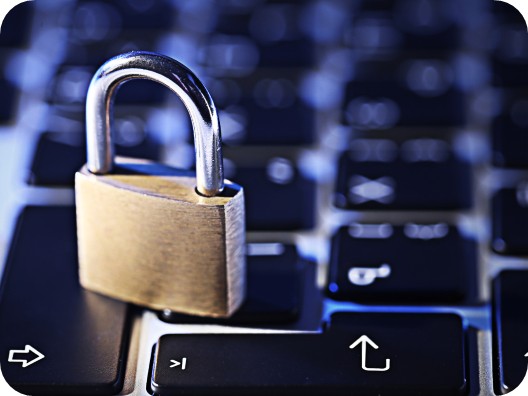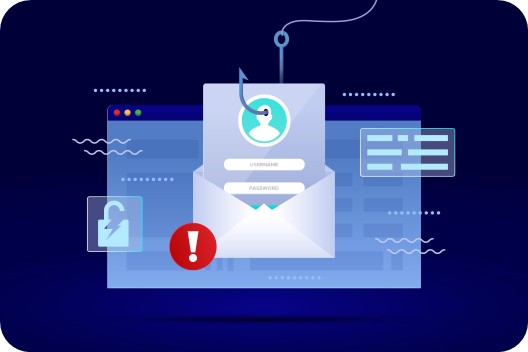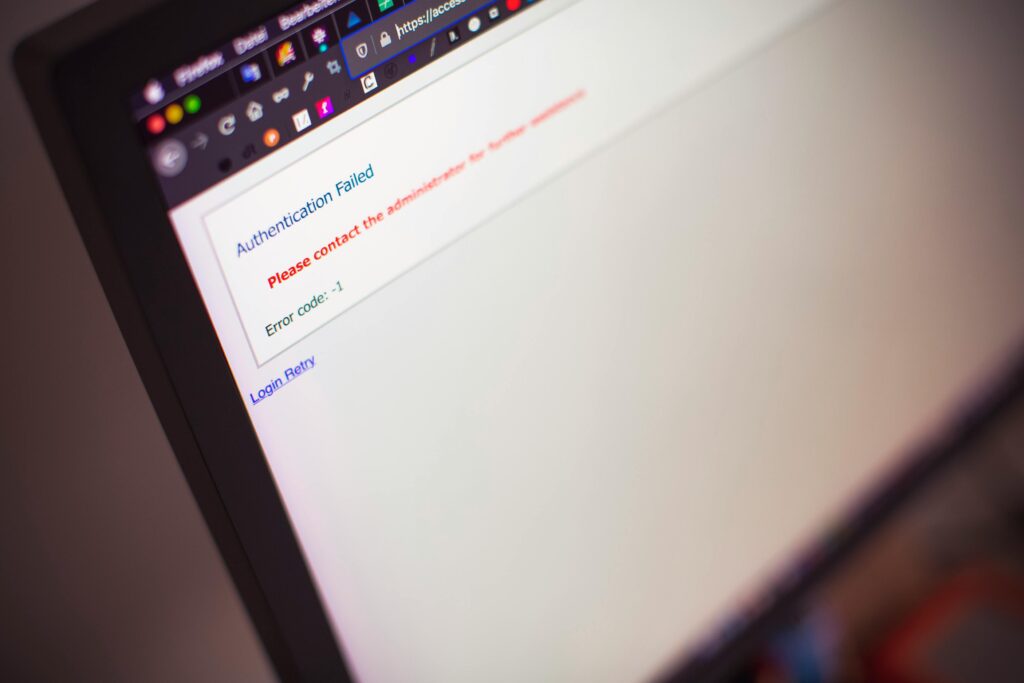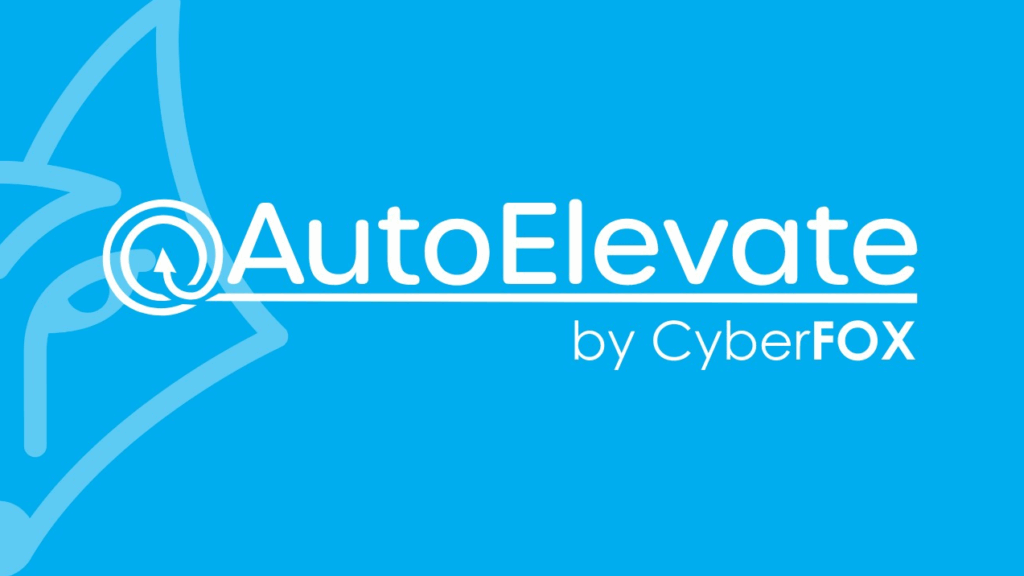In the world of professional emails, we frequently hear about spam, phishing, and blocked emails. But one term is becoming increasingly common: DMARC. And if you’ve ever had one of your emails go into quarantine without being able to “release” it, you may have been the victim of a DMARC-related issue.
But why does this happen, and why can’t we just click “release” like other emails?

First and foremost, what is DMARC?
DMARC is an acronym for Domain-based Message Authentication, Reporting, and Conformance. It’s a technology that protects your email domain (e.g., yoursite.com) against identity theft attacks (such as spoofing or phishing). It verifies that the message sent from a specific domain originates from the correct source.
DMARC works in tandem with two other technologies:
SPF: Verifies that the sender is authorized to send from this domain.
DKIM: Ensures that the message has not been altered during transit.
If these two tests fail, the DMARC policy comes into effect.
This is where things become complicated.
What is a DMARC "policy"?
DMARC allows domain owners to set a very clear policy:
- None: We simply observe, without blocking.
- Quarantine: We place suspicious messages in quarantine.
- Reject: We completely reject the messages.
That’s where everything happens. When the policy is set to quarantine or reject, it means that messages that fail the authentication may end up in quarantine, but with an important difference: these messages are not always releasable by the user.
Why? Because the policy defined by the sender’s domain, not your messaging system, decides what happens.
Basically, the sender said, “If this message doesn’t pass the tests, I don’t want it delivered to the recipient.”
But why can't I just "release" the message?
Because the message is deemed potentially fraudulent or spoofed by its own domain. It is frequently blocked at a higher level, namely by the server even before it is presented to the user.
In this case, you won’t even see the message. And if it is visible, your interface will not provide you with a button to release it, as this would violate the defined policy.
Even if the message seems legitimate to you, your system strictly adheres to the requirements of the source domain.
Is it a bug or just overzealousness?
Neither. That’s exactly what DMARC is supposed to do: protect domains against impersonation.
And that’s a good thing! Without it, anyone could send emails claiming to be someone from your organization.

How can it be avoided?
Here are a few simple tips:
- Talk to your partners: If you frequently receive emails from a legitimate supplier or client that are being blocked due to DMARC, invite them to check their SPF, DKIM, and DMARC configuration.
- Avoid automatically redirecting emails: Redirecting emails (for example, from a personal address to a professional one) can break DKIM signatures, resulting in a DMARC failure. It’s preferred to use clean forwarding with valid authentication.
- Work with your IT team: They can sometimes adjust certain filters to better handle this kind of case. But keep in mind that they cannot “force” the reception of a message rejected by the DMARC policy.
In summary,
DMARC functions as a kind of gatekeeper for your email. If the sender has established strict rules, even you, the recipient, cannot bypass them.
At 10RUPTiV, we are here to help you understand and manage these types of situations to maintain the security and fluidity of your communications. We understand that the problem is frequently caused by a misconfiguration of the policy set by the company’s IT department. That’s why we intercept rejected messages and route them to quarantine, allowing for a manual analysis before deletion or controlled release.


